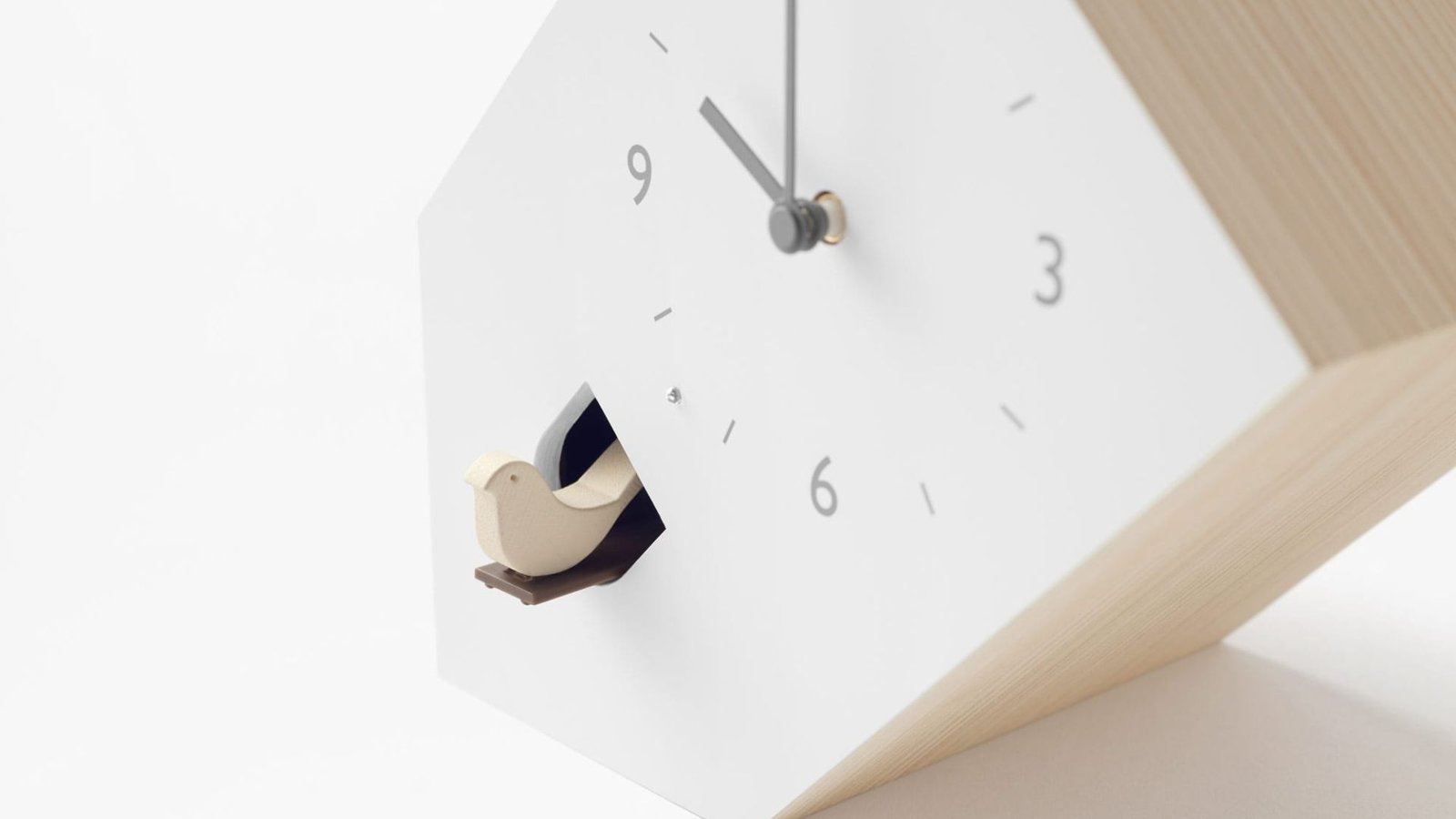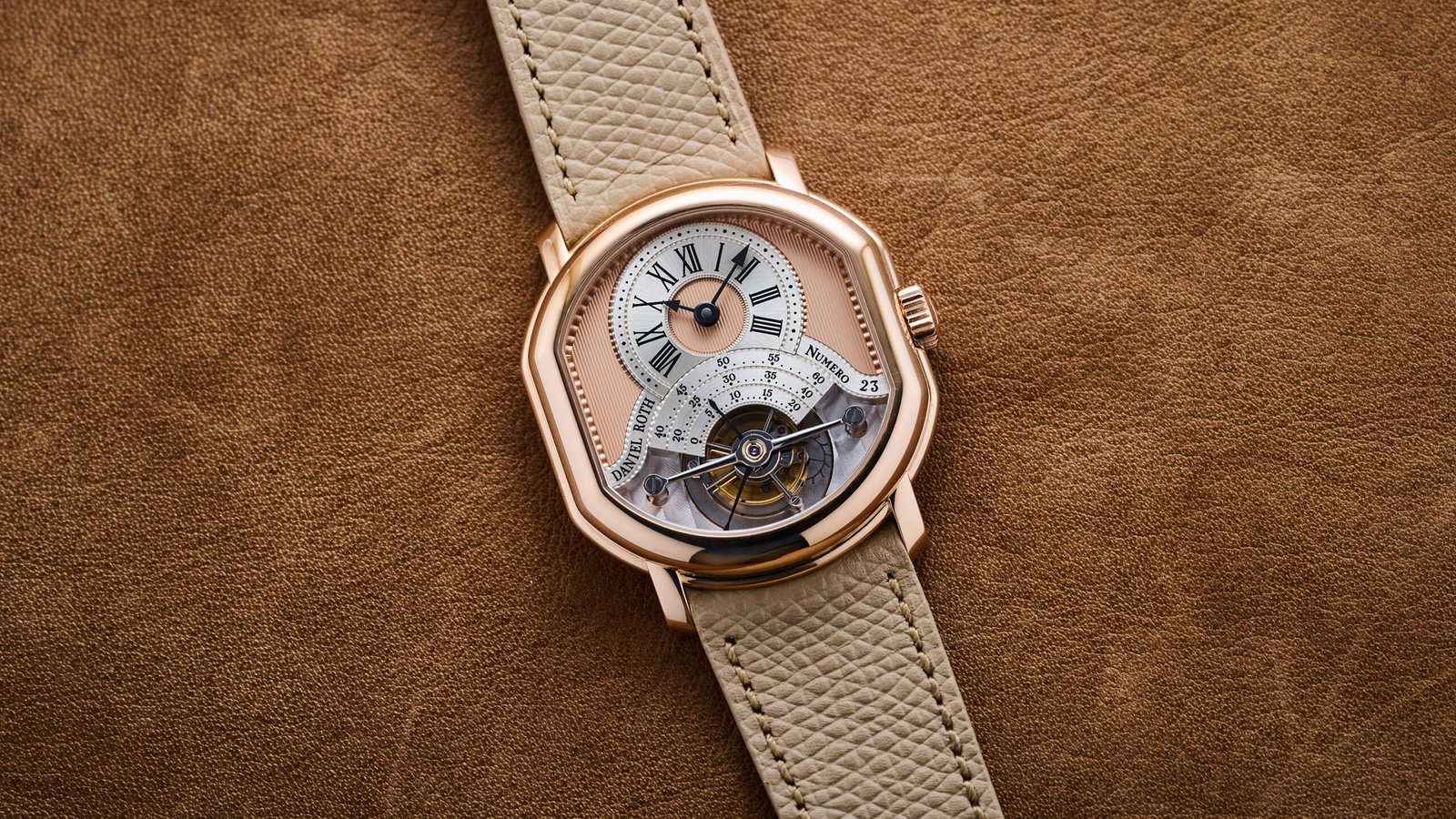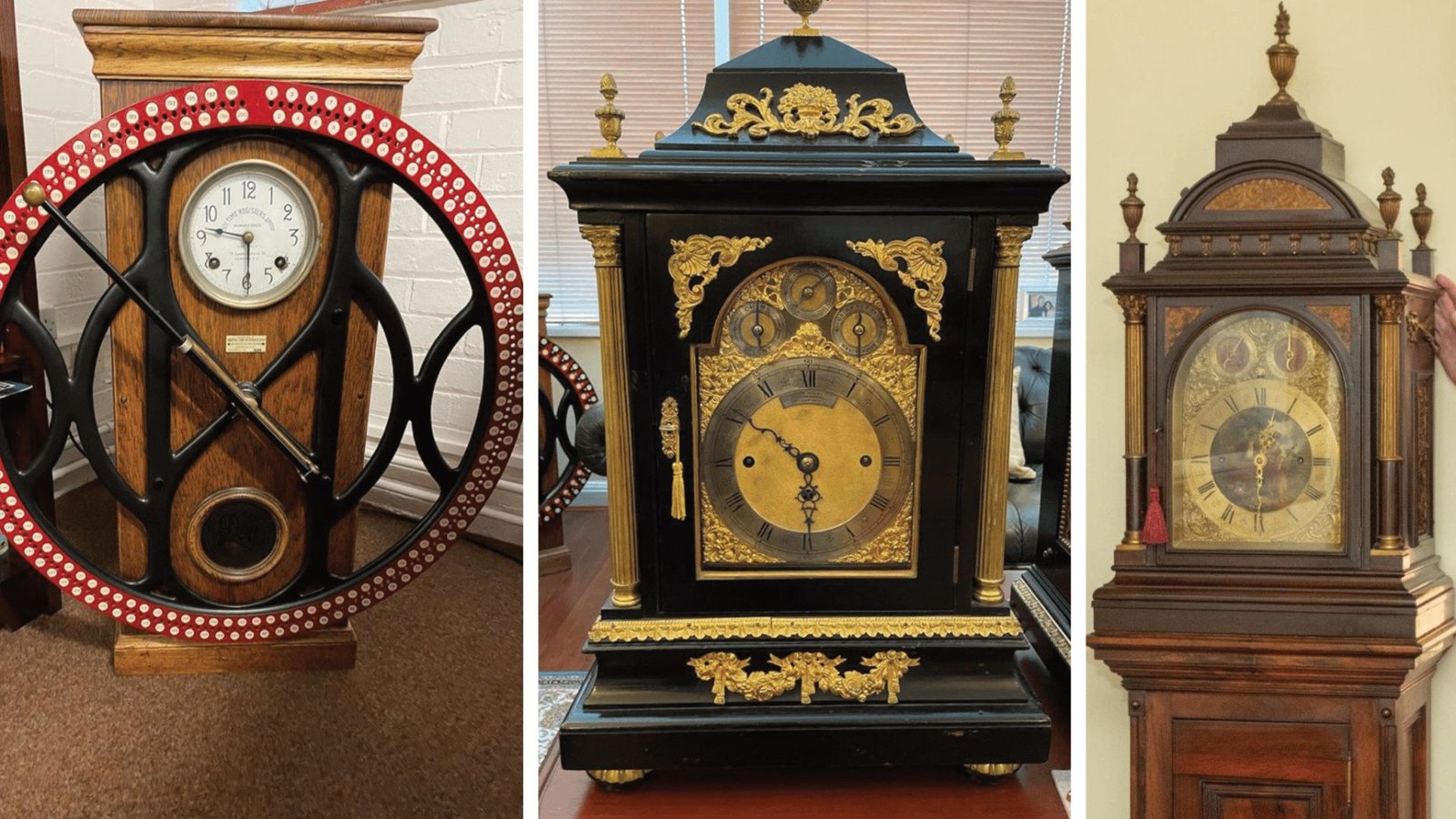Japanese clocks, with their unique blend of tradition, craftsmanship, and innovation, have left a lasting impact on global timepiece design. From the intricate mechanisms of historical clocks to the sleek, minimalist aesthetic of modern designs, Japan’s clockmaking legacy continues to inspire clockmakers and designers worldwide.

The History of Japanese Clocks
Japanese clockmaking has a deep-rooted history that dates back to the Edo period (1603-1868). During this time, Japanese artisans adapted foreign timekeeping methods, such as the European mechanical clock, and tailored them to Japan’s own cultural and time-keeping needs. The Wadokei, or traditional Japanese clock, was the result, designed to measure unequal hours in accordance with changing daylight durations.
Key Features of Early Japanese Clocks:
- Unique Timekeeping: Early Japanese clocks used a time system that divided the day into 12 unequal hours, changing the length of the hours based on the seasons.
- Craftsmanship: These clocks were more than functional objects; they were works of art, often beautifully crafted from wood and adorned with intricate details.
Minimalist Design Aesthetics
Japan’s minimalist aesthetic, which emphasizes simplicity, clean lines, and a lack of unnecessary embellishments, has become a cornerstone in global clock design.
- Influence on Modern Clocks: Japanese designers have a profound influence on the global shift towards minimalism in both architecture and timepieces. The seikosha clocks, known for their sleek design and simplicity, contributed to a global trend of creating functional yet aesthetically pleasing clocks.
- Less is More: Japanese clocks often strip away excess decoration, focusing on simplicity and functionality. This design philosophy has been embraced by global brands seeking to produce modern, minimalist timepieces.
Technological Innovations
Japan is home to some of the world’s leading watch and clock manufacturers, such as Seiko and Citizen, which have pioneered technological innovations that have shaped the global clock and watch industry.
- Quartz Revolution: Seiko introduced the world’s first quartz clock in 1969, which revolutionized the global watch industry by offering greater accuracy and lower maintenance than mechanical clocks.
- Solar-Powered Clocks: Japanese companies have also been at the forefront of creating eco-friendly, solar-powered clocks that run on renewable energy, pushing the global industry towards sustainability.
Adaptation of Traditional and Modern Designs
While Japanese clockmakers have embraced modernity, they have retained elements of traditional craftsmanship, creating a fusion that has inspired international designs.
- Blending Old and New: Japanese clock designs often combine traditional woodworking techniques with modern technology, producing clocks that feel both timeless and contemporary. This blend of the old and the new has inspired designers around the world to incorporate elements of cultural heritage into modern products.
Precision and Craftsmanship
Japanese clocks are renowned for their precision and meticulous craftsmanship, influencing the global standards for timepieces.
- Attention to Detail: Japanese clockmakers are known for their attention to even the smallest details, from the smooth operation of the movement to the finish of the case. This dedication to perfection has set a high bar for clockmakers worldwide.
- Global Demand for Quality: The precision of Japanese mechanical movements and the high standard of craftsmanship have made Japanese clocks and watches a benchmark for quality in the global market.
Cultural Influence on Global Designs
Japanese clock designs often reflect the country’s cultural values, such as harmony, nature, and respect for tradition, which have resonated with designers globally.
- Nature-Inspired Designs: Many Japanese clocks incorporate elements of nature, such as floral patterns or landscapes, which have influenced global designers to incorporate natural themes into their timepieces.
- Cultural Symbols: Japanese clocks often feature symbols and motifs that hold cultural significance, such as cherry blossoms or Mount Fuji. These designs have inspired global brands to explore the cultural stories behind their own products.
Conclusion
Japanese clocks have had a profound impact on global timepiece design, from the technological breakthroughs of quartz movements to the minimalist aesthetic that has become a hallmark of modern clocks. By blending tradition with innovation, Japanese clockmakers continue to inspire and influence the global clock industry, creating timepieces that are as functional as they are beautiful. Whether through their precision, craftsmanship, or design philosophy, Japanese clocks remain an enduring symbol of excellence in global horology.





Der 500 % Bonus und 500 Freispiele werden automatisch gutgeschrieben.
500 % + 500 Freispiele – das bleibt hängen. Nur gute Spiele,
schnelle Auszahlungen und ein Bonus, der seinen Namen verdient.
Diese Lizenz garantiert ein hohes Maß an Sicherheit, Fairness
und Zuverlässigkeit für die Spieler. Mit den richtigen Sicherheitsmaßnahmen,
wie SSL-Verschlüsselung, können Spieler sicher zahlen und ihre Kontrolle behalten, dank der transparenten Bedingungen. Bitcoin und andere digitale Währungen bieten ebenfalls
eine sichere Möglichkeit zur Zahlung. Bei Fatbet Casino
sind die Zahlungsmethoden sicher und zuverlässig gestaltet.
[email protected] ist der direkte Weg. 24/7 erreichbar, live und
freundlich. Cashback, Reloads, Freispiele. Neben dem Willkommensbonus
gibt’s wöchentlich wechselnde Aktionen.
References:
https://online-spielhallen.de/888-casino-cashback-alles-was-sie-wissen-mussen/
Das Gordon Ramsay Steak im Paris Las Vegas bietet ein stilvolles und modernes Umfeld, in dem vorrangig von Gordon Ramsay inspirierte Steak- und Fleischgerichte
serviert werden. Das Hotel verfügt über mehr rund 20 Restaurants, Bars und Cafés.
Zu den Annehmlichkeiten gehören große Fenster sowie komfortable Sitzmöbel.
Im Casino können Sie Ihr Glück an Spielautomaten und Spieltischen versuchen, während das Hoteltheater abendliche Shows bietet.
Das Paris Spa bietet einen Wellnessbereich mit Personal und einen Fitnessraum.
Das Hotel bietet eine Vielzahl von Restaurants und Bars, darunter die Napoleon’s Dueling Piano Bar, in der Sie Klavierspieler
in einem unterhaltsamen Duell erleben können. Die Zimmer sind im französischen Stil eingerichtet und
verfügen über ein Marmorbad sowie modernen Komfort wie Pay-per-View-Filme und einen Safe.
References:
https://online-spielhallen.de/nomini-casino-bonus-code-ihr-weg-zu-spannenden-angeboten/